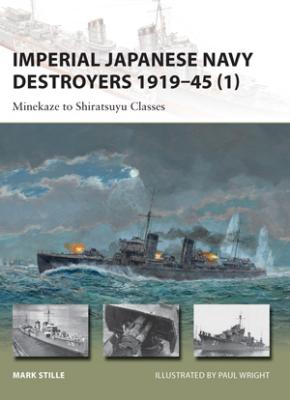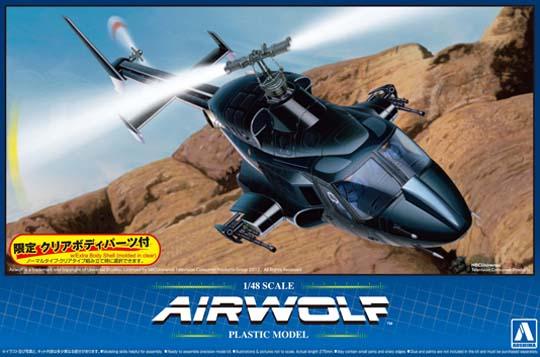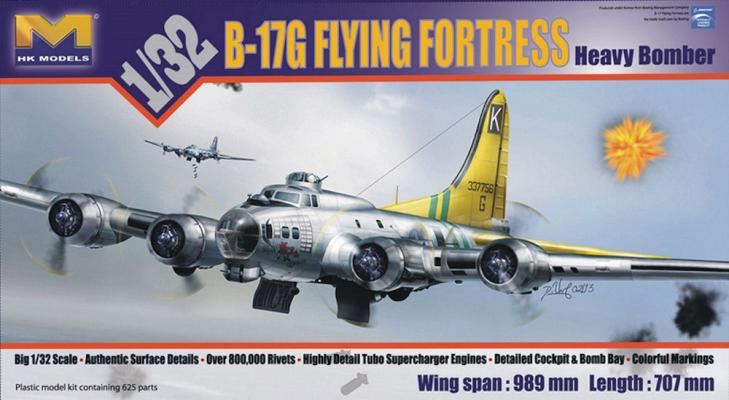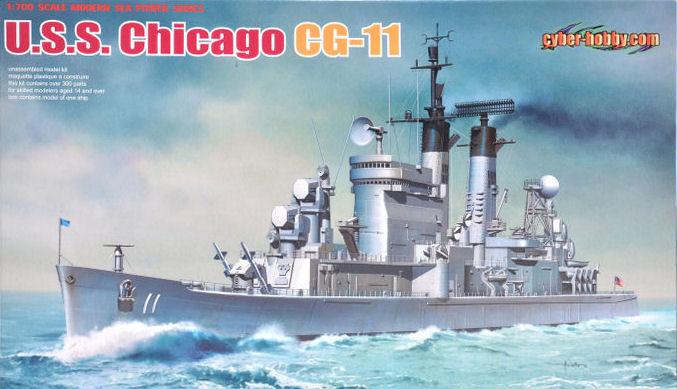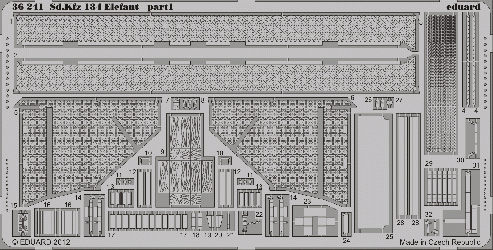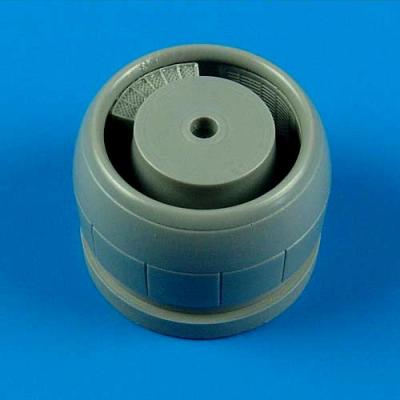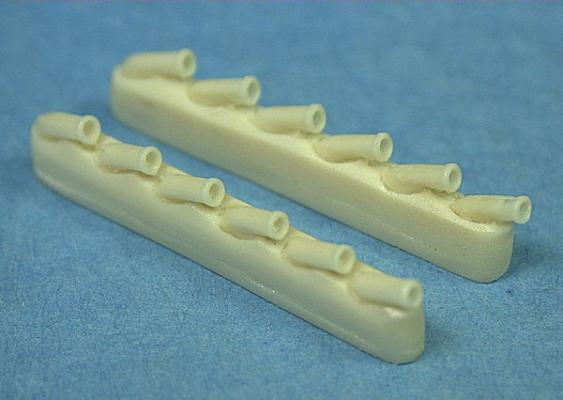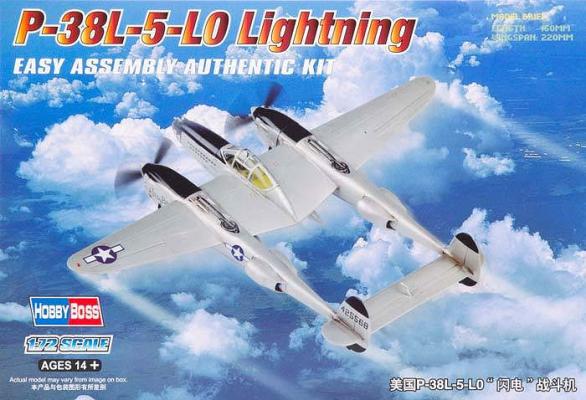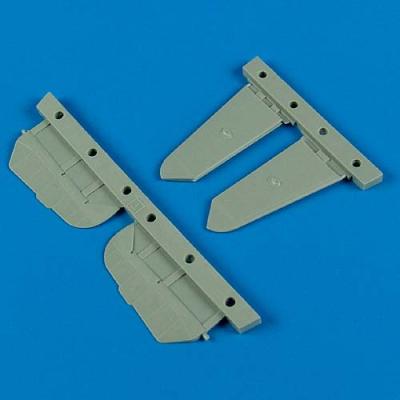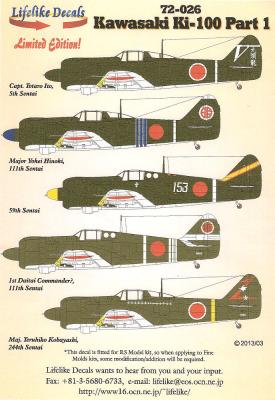Being an avid fan of Imperial Japanese Navy (IJN) destroyers, I was eager to get my hands on this book. The Japanese had two major advantages on the US Navy during the early days of WWII: a superbly trained and equipped air arm and their excellently equipped and crewed destroyer flotillas that made themselves utterly terrifying weapons during engagements like the Battle of the Eastern Solomons. The first chapters of the book provide a good summary of Japanese doctrine and how it developed from the naval treaties and influenced design. The meat of the book specifically addresses the early post-WWI designs leading up to the legendary Fubuki-class destroyers and their successors up to the Shiratsuyu class. Finally, the author provides a summary, defining why these magnificent machines utterly failed to make a lasting impression on the results of the Pacific War.
Reviews
Introduction
Who doesn’t remember Airwolf? This show is everything good about the 80’s wrapped up into one full hour every weeknight! Highlights from the show include: the spy game, technology, the Communist threat, and, of course, one sleek, futuristic aircraft. Using a Bell 222, the producers of Airwolf designed a supersonic helicopter complete with enough weapons to take down an army, as well as every electronic gizmo. But this review isn’t about the show…so let’s get onto the kit, shall we?
The Kit
At first glance, the kit is a very cleanly cast. Everything is chock full of wonderful detail and very little flash. Included are two versions of the fuselage – clear and black. I will touch on these later, but let’s just say to throw the clear one away, it has no use. Additionally, the kit comes with a stand featuring 3 points of articulation…I loved the stand so much that I have asked Aoshima to release them separately.
This second installment covers the midsection interior, which is from the aft bulkhead of the bombardier and navigator compartment through the bomb bay and to the ring mount around the ball turret. Instruction steps 1 through 15 are used to construct this mid-section subassembly. I continue to be impressed by the fit and detail of the moldings.
Please consider that the associated pictures illustrate in-progress shots. There will be much touch-up, and I was reluctant to get too carried away with painting until I had a better feel for what was visible or need dry-brushing, etc.
This is the second Cyber Hobby ship model that I have been privileged to build as a reviewer (the first being the USS Virginia), and I will say that this was just as enjoyable of a build, representing a cruiser that saw service over five decades. There were no real complications with the build itself, but know going in that there are several photo etch items to add, and there are many small parts in the kit. The most challenging part of building this kit for me was the decals that are applied on the deck. If you have a fondness for the USS Chicago, or want to build a Baltimore-class heavy cruiser, I would highly recommend this kit for you.
Since Tamiya released their version of the Elefant, it had been on my wish list. Upon obtaining the kit, I noticed that it needed some more details. Italeri and Dragon both make a 1/35th scale Elefant and with proper adjustments they can be make into nice models.
The Tamiya detail set from Eduard contains two frets and nice, readable instructions. The fenders are really well detailed compared to the kit parts. It is a shame to have to cover them up with zimmerit. Thinking about this, I plan on putting their fenders on a Ferdinand kit, since the Ferdies didn’t wear zimmerit. There are also a bunch of small PE tool clamps and clasps. When applied, they look so much better than the kit’s molded-on ones.
In my opinion, this is a well-detailed set on PE which will make it onto two of my kits. Just now I need to get a good etch-mate folding tool. I would like to thank Eduard and IPMS/USA for a chance to review it, and you for taking the time to read it.
The Hobby Boss Ta-152C is a really nice kit; however, they made one really big mistake. They made the forward cowling with the incorrect oil cooler. It should have an annular oil cooler design. This is difficult to make in plastic, but in resin it is easy. This set will change the whole look of your kit’s nose.
Molded in light grey resin that is perfectly formed and blemish-free on a moderate pour block, the cowling has the annular cooler molded perfectly inside the cowling. The cowl flaps are molded closed. This may be not to some builders’ likings. I think it is fine just the way it is.
If you want to make your Hobby Boss Ta-152C an exceptional kit, you will need this engine cowling. This will address the biggest issue with the Hobby Boss Ta-152C in a simple, effective, and inexpensive way – a replacement for their forward cowling.
Highly recommended.
Thanks to Quickboost and IPMS/USA for the review copy.
Ultracast has been producing some of the best and easiest to use aftermarket items for years. Well, they haven’t changed their key for success.
The latest releases are designed to be added to the Accurate Miniatures P-51B/C Mustang kit. What can you say about these little gems? In both sets you get two banks of exhaust stacks molded in light cream-colored resin. The exhaust ends are hollowed out perfectly. They are beautifully cast and are easy, drop-in replacement for the kit parts. Just remove the parts from the pour block and paint – a simple and easy way to do a tedious job.
I doubt the P-38 Lightning needs any introduction to modelers, as it has been a favorite of many of us for a long time. This Hobby Boss release is one of their latest in the Easy Build series of 1/72 scale kits and is a late-war -L version. It’s a reasonably priced kit with excellent surface detail and markings for two aircraft. The four-page fold-out instructions are straight forward, easy to follow, and have a full color paint and decal guide. Color callouts are for Gunze Sangyo, Vallejo, Model Master, Tamiya, and Humbrol paints. As an Easy Build kit, there is a low part count and it is designed for quick assembly. If you thought construction begins with the cockpit, you are correct. The cockpit, though, has more detail than the other Easy Build kits I’ve done, since it has a separate instrument panel, seat, and control yoke. There’s plenty of room for additional detail, though.
It is no secret that I love the Eduard Bf-109E kits. Having built three of them in various forms has provided me with some insight on these little gems. One thing that would be nice is the ability to articulate the elevators, as is frequently seen on the real thing. I can never get this to look correct to my eye when I do the work.
Quickboost has the answer. Molded in a light olive drab resin, this set comes in four parts – two horizontal surfaces and two elevators that already have been modified with beveled surfaces that allow the modeler to articulate the control surfaces without issue. The detail on the parts is exactly as good as the kit parts.
If you do articulate the controls, don’t forget to offset the stick in the cockpit as well. Down elevators mean forward on stick. My next Eduard 109 will have this set installed.
Highly recommended
Thanks to Quickboost and IPMS/USA for the review copy.
The recent release of the RS Model Ki-100 Otsu and Kou kits has prompted Lifelike to release a new sheet of decals for these aircraft.
The instructions are typical for Lifelike, with two A4 single-sided sheets printed in full color. The exterior sheet has three-view drawings and the references used to determine the color schemes. The interior sheet has the left side profiles and the references used to determine the markings. The history of the pilot is discussed in brief, adding a nice dimension to the markings.
The best thing about Lifelike is that they are not afraid to say that they don’t know something if it isn’t known. I like this approach. They also have made good on new information on their website and, where appropriate, they have printed new decals and provide them for free or a small fee. What other decal company does that? None.

